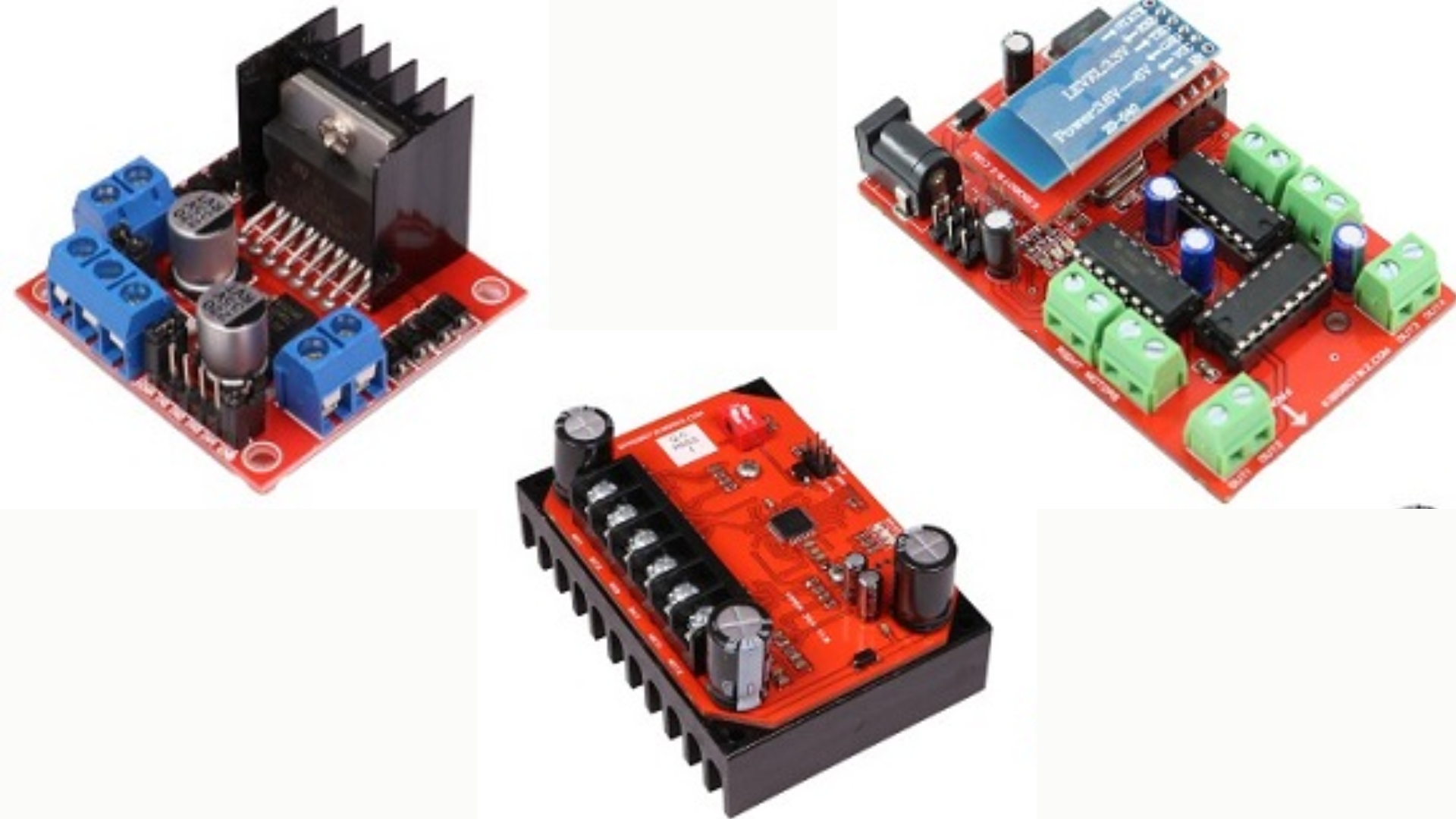If you’re into robotics, automation, or just tinkering with electronics, you’ve probably heard of motor drivers. But what exactly are they, and why do you need one?
At its simplest, a motor driver is a circuit or module that controls the movement of an electric motor. Motors are ubiquitous in modern technology, from the fans in your laptop to the wheels of a self-driving car. However, motors require a lot of power to run, and they can be quite complex to control. That’s where motor drivers come in.
A motor driver takes a low-power input signal, such as a voltage or a digital signal from a microcontroller, and uses it to regulate the high-power output of a motor. In other words, it acts as a “translator” between the logic-level signals of a control circuit and the high-current demands of a motor.

There are many different types of motor drivers, each optimized for different types of motors and control schemes. For example, brushed DC motors are a common type of motor used in robotics and hobbyist projects. These motors require a driver that can supply the right amount of current and voltage to spin the motor’s shaft at the desired speed and direction.
Stepper motors, on the other hand, require a more specialized driver that can precisely control the motor’s position and speed by sending a sequence of digital signals to the motor’s coils. This type of driver is often used in CNC machines, 3D printers, and other applications that require precise motion control.
So why do you need a motor driver? Well, for one thing, trying to control a motor directly from a microcontroller or other low-power circuit can be dangerous. Motors can draw a lot of current, and if you’re not careful, you could easily damage your control circuit or even start a fire.
But even if safety isn’t a concern, using a motor driver can make your life a lot easier. By offloading the heavy lifting of motor control to a dedicated driver, you can focus on the higher-level tasks of your project, such as sensing the environment, processing data, or making decisions based on that data. Plus, using a motor driver can help ensure that your motor runs smoothly and reliably, without stalling, overheating, or drawing too much current.
So whether you’re building a robot, automating your home, or just experimenting with electronics, a motor driver is a valuable tool to have in your toolbox. With the right driver, you can unleash the full power of your motors and take your projects to the next level!
Discussions
Become a Hackaday.io Member
Create an account to leave a comment. Already have an account? Log In.